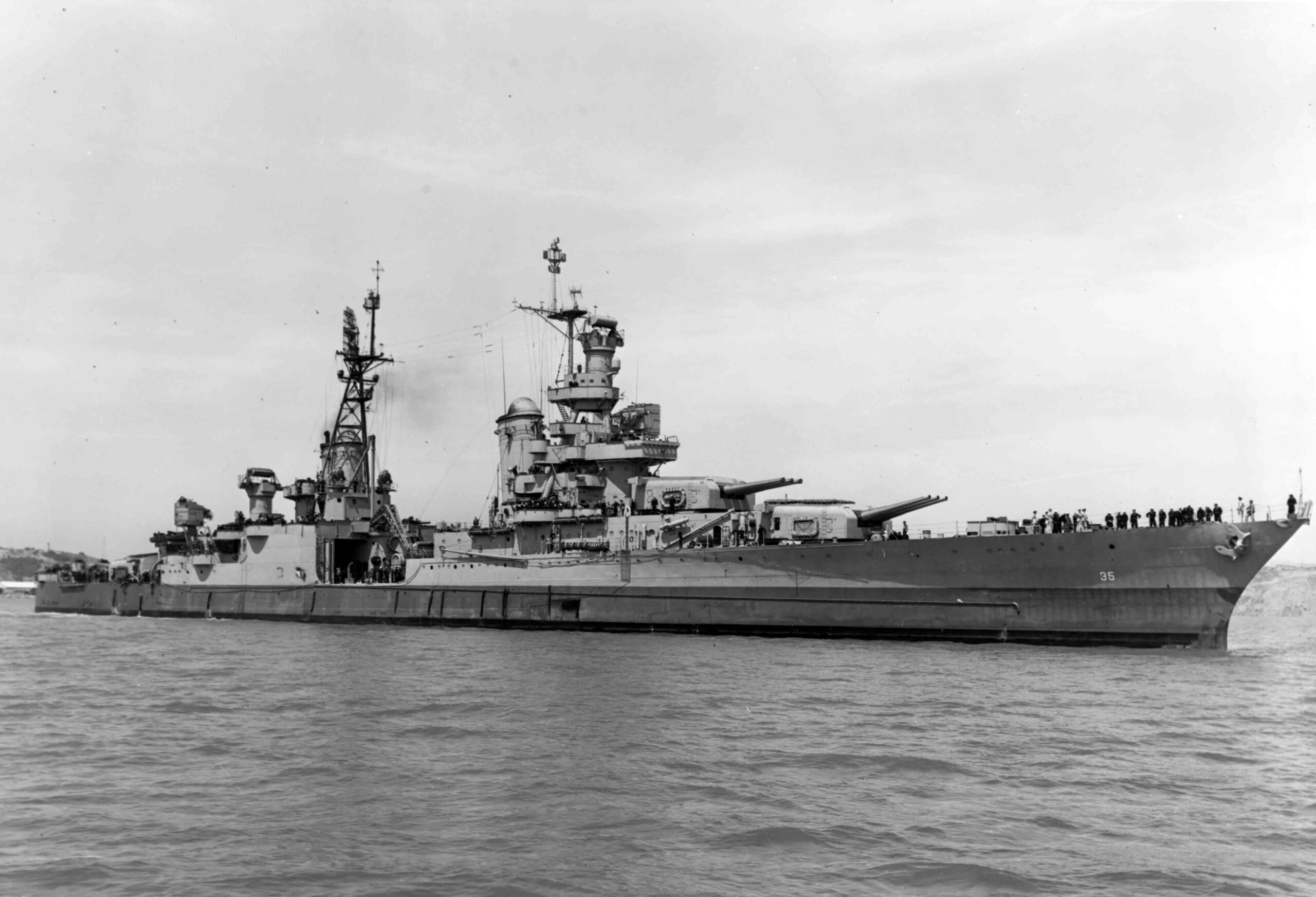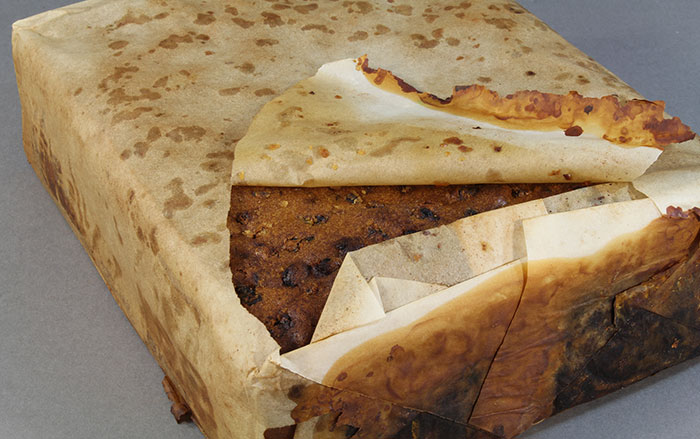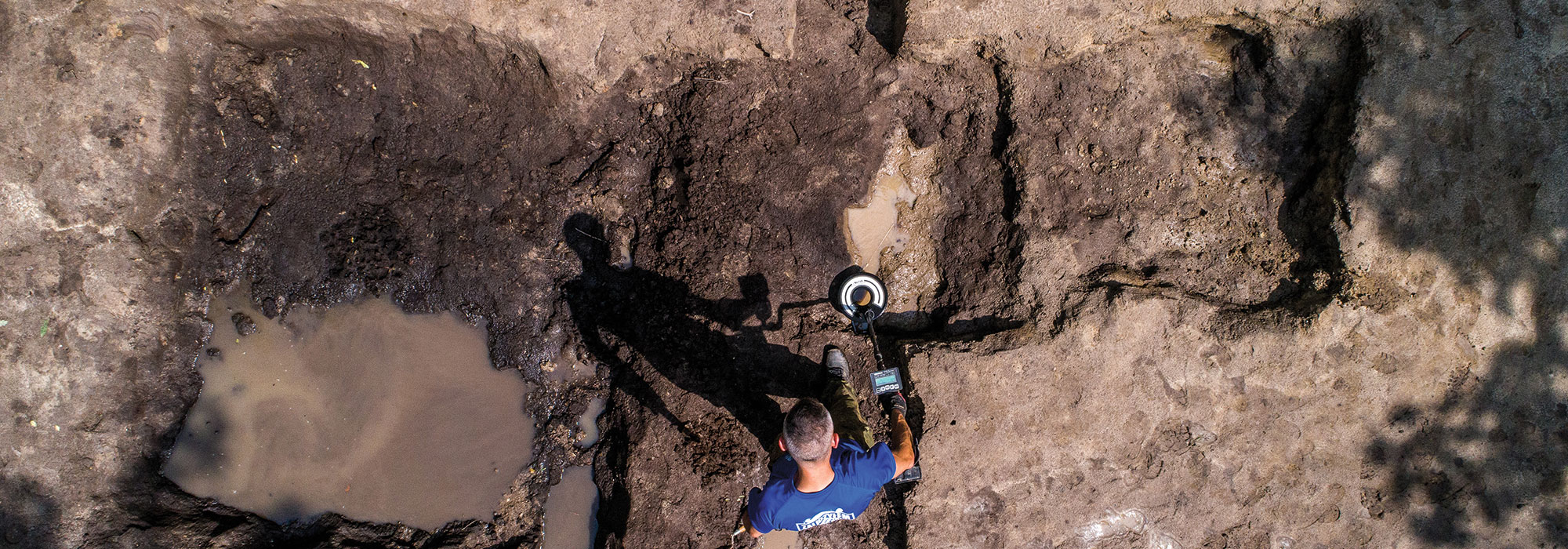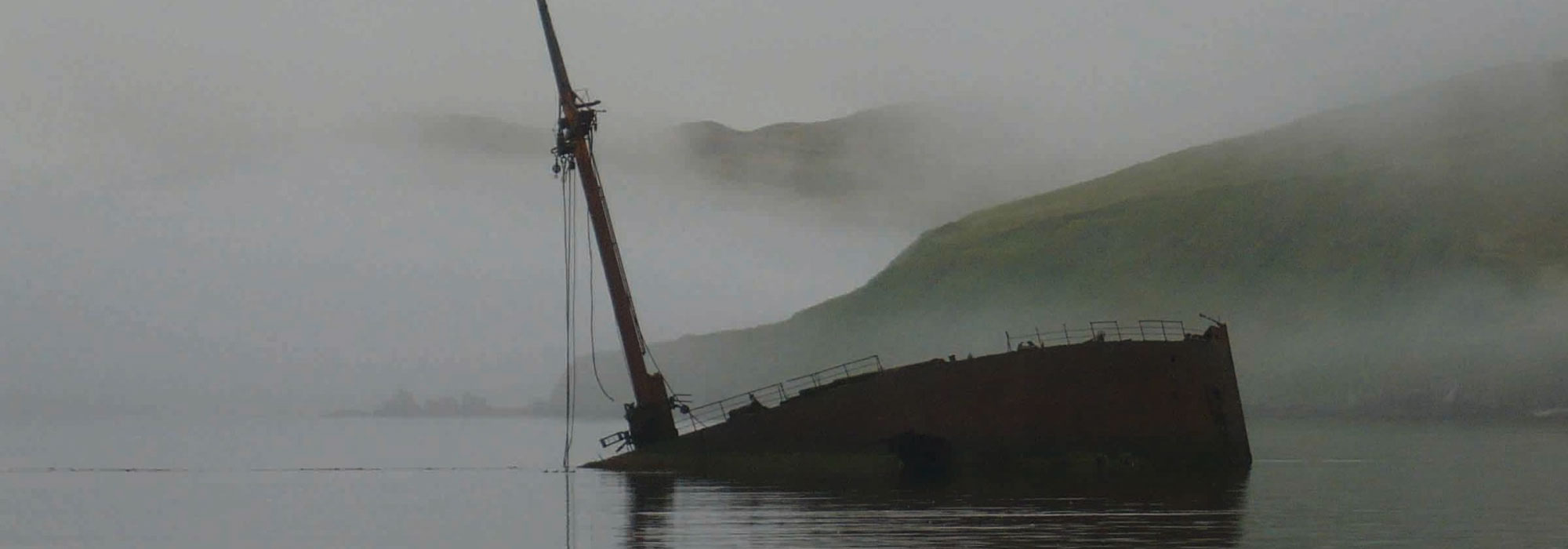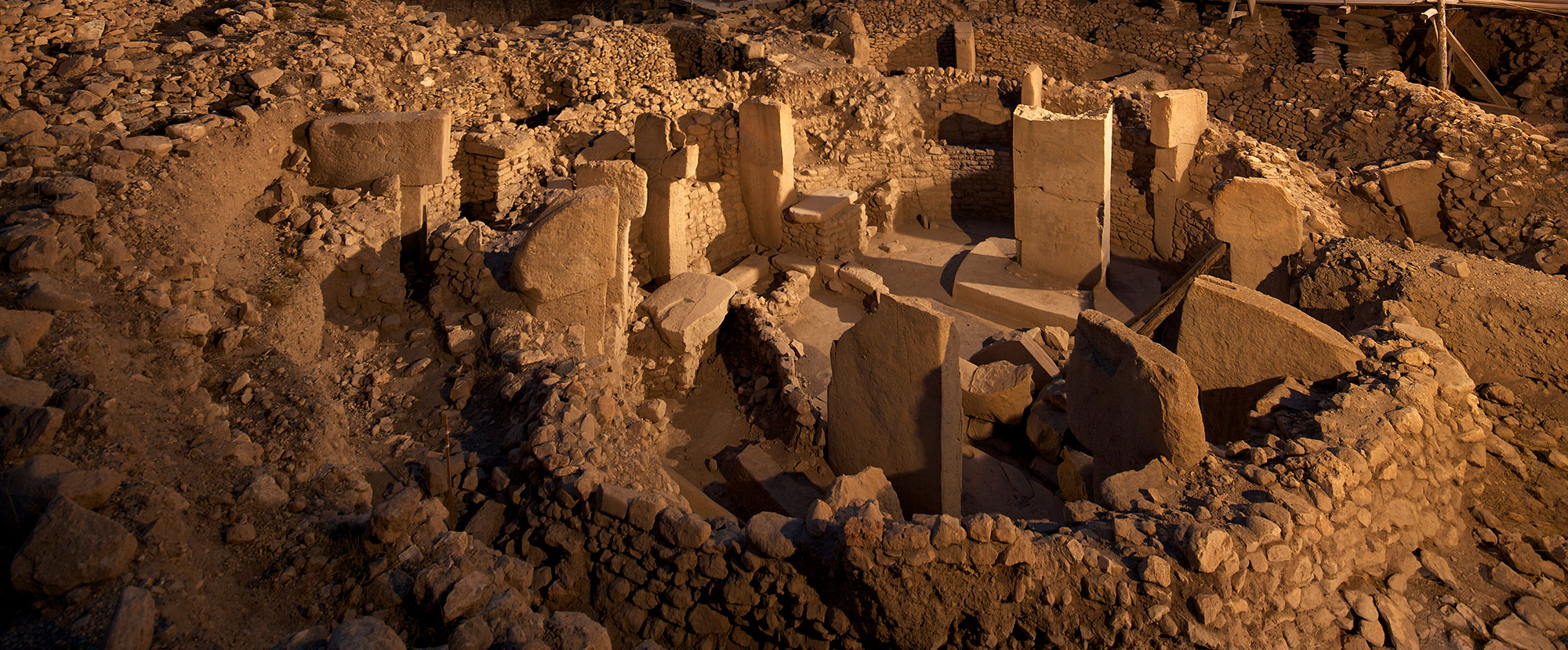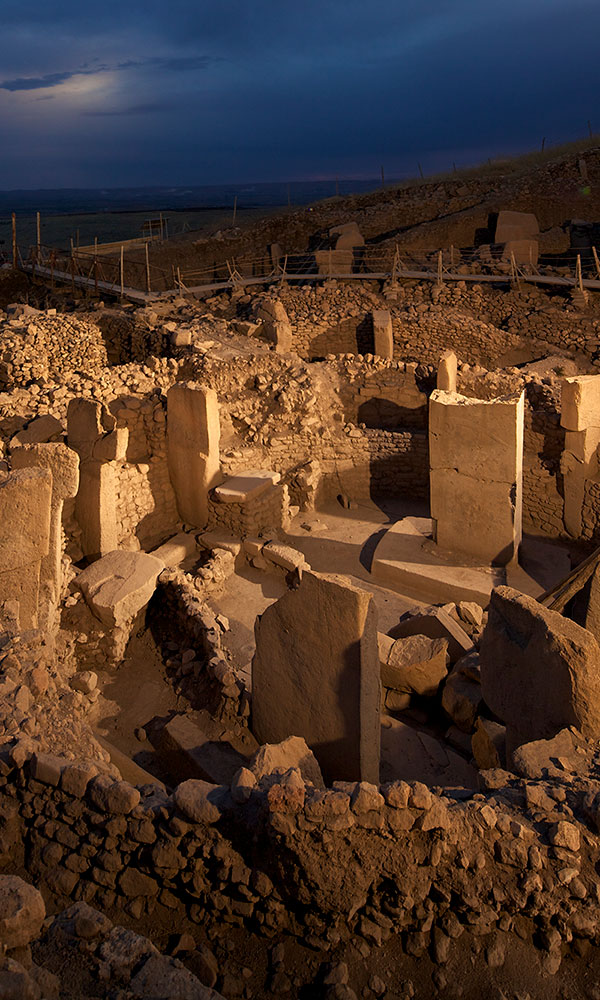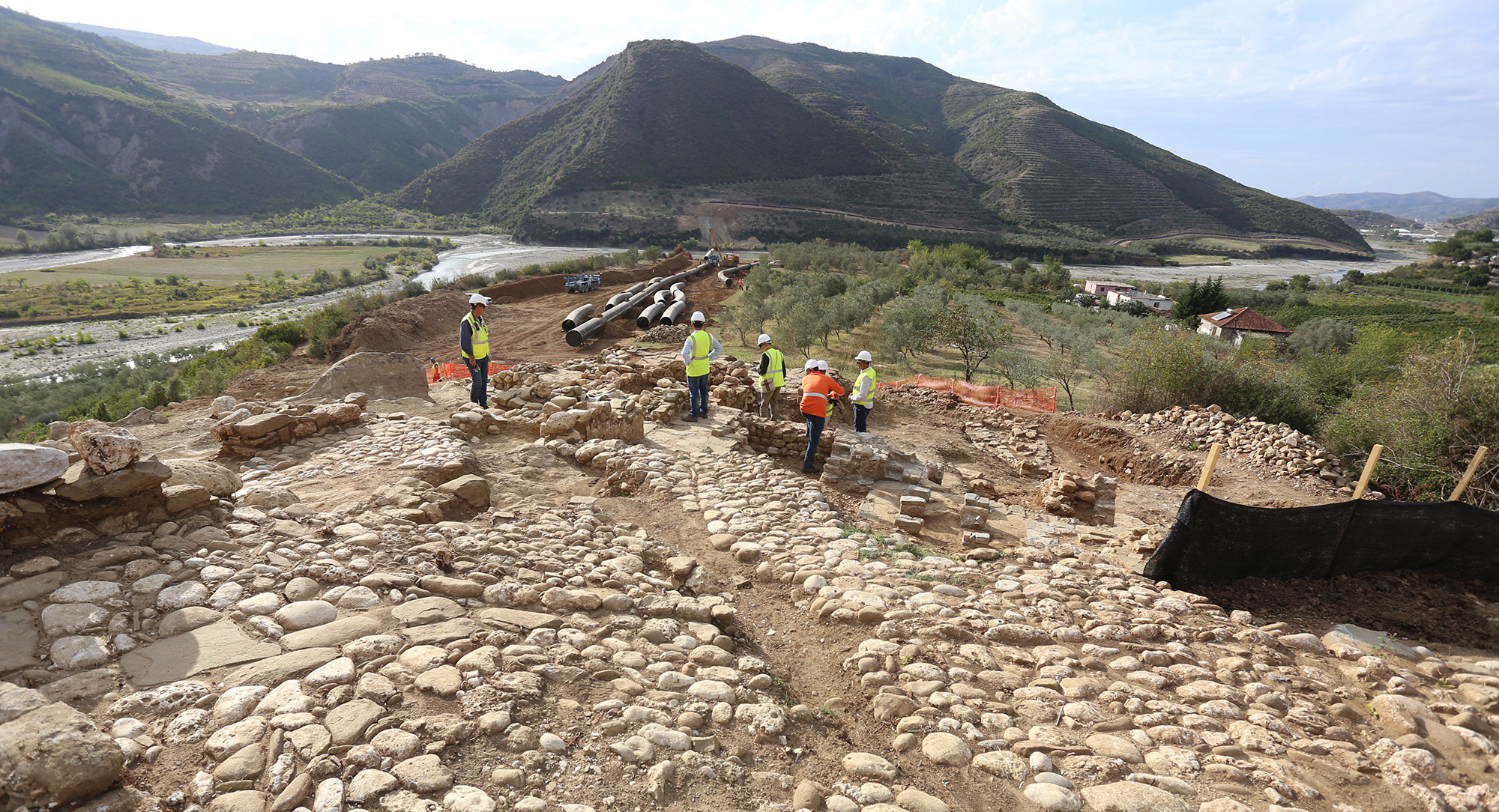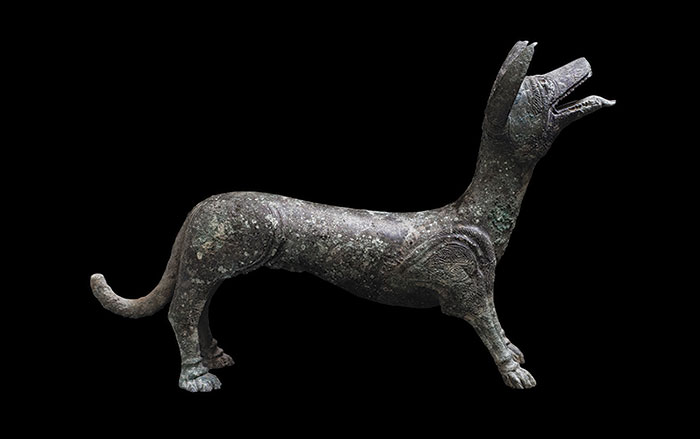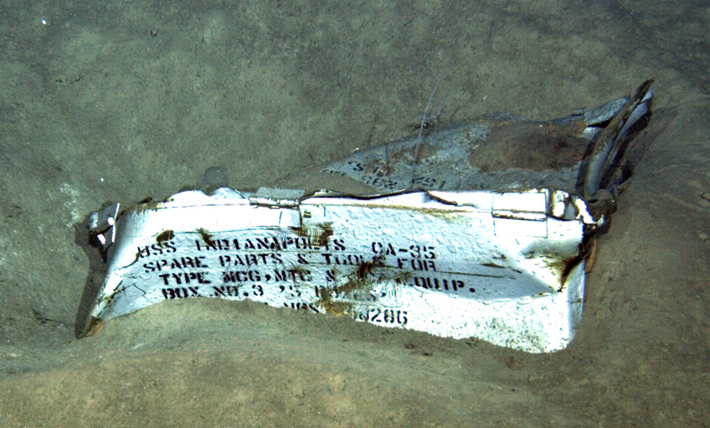
The sinking of USS Indianapolis is ranked as one of the greatest disasters in U.S. naval history. The much-decorated Portland-class heavy cruiser left San Francisco on July 16, 1945, with 1,196 crewmen aboard. Her final mission, as she raced to the naval base on the North Pacific island of Tinian, was to deliver components of “Little Boy,” the atomic bomb dropped on Hiroshima. Mission completed, the ship set out along a prescribed course only to be hit by torpedoes fired from a Japanese submarine on July 30. Indianapolis began to sink within a mere 12 to 15 minutes. Three and a half days passed before aircraft spotted survivors. The wreck of Indianapolis was lost for 72 years. Now, it has been found, some 18,000 feet under the North Pacific.
Because no distress call was received and her deck logs did not survive, the official Navy record of the ship’s location when she sank relied primarily on the testimony of her surviving captain, who confirmed that he had followed his assigned route from Tinian to the Philippines. By comparing this route with the position of LST-779, a tank-landing ship newly identified as having been the last known vessel to have had visual contact with the cruiser, 11 hours before she sank, naval historian Richard Hulver and archaeologist Robert Neyland suggested a new position for the wreckage of Indianapolis. Though there have been efforts to locate her before, “No one thought they would ever see Indianapolis again,” says Hulver. “But I was hopeful.” Using an autonomous undersea vehicle able to scan the remotest depths of the seafloor, a research team located the ship. Until now, Indianapolis’ 316 survivors, 18 of whom are still living, had provided the only evidence of her triumphs and tragedies.
